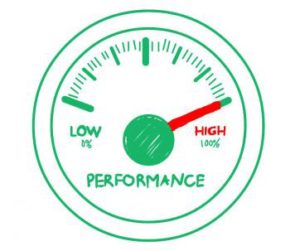Advantages of Performance Testing

Maintaining optimum web application performance is a top priority for application developers and administration. Load testing enables them to do this is several ways, such as follows:
* By predicting the performance of the web application through intensifying the load artificially
* By detecting the bottlenecks early in the development phase
* By predicting future capacity shortcomings
* By determining the most cost-effective way to upgrade the application in order to overcome performance problems and to cope with increasing workload demands.
Proactive load testing during the design phase is a highly effective way for web application designers to minimize the time needed to bring a reliable product online. Using load testing scripts, a tester can describe and simulate expected workloads during the entire web application development cycle, detecting and correcting weaknesses early in development and making important decisions about the web application architecture quickly and efficiently.
Load testing is also a powerful method for the ongoing analysis and tuning of existing web applications. By capturing traffic between a web browser and an existing web application, a tester can build a database of real-world interactions between users and the site to be tested. This reported traffic could then be assigned to hundreds or even thousands of virtual users, along the application to be tested under extremely realistic conditions.
Finally, once a web application has been deployed, performance testing is a very effective way to determine the precise impact new features and technologies, if added, would have on the system performance.
Source: “Software Testing – Effective Methods, Tools and Techniques“ book authored by our director, Mr Pradeep Oak and published by McGraw Hill.






